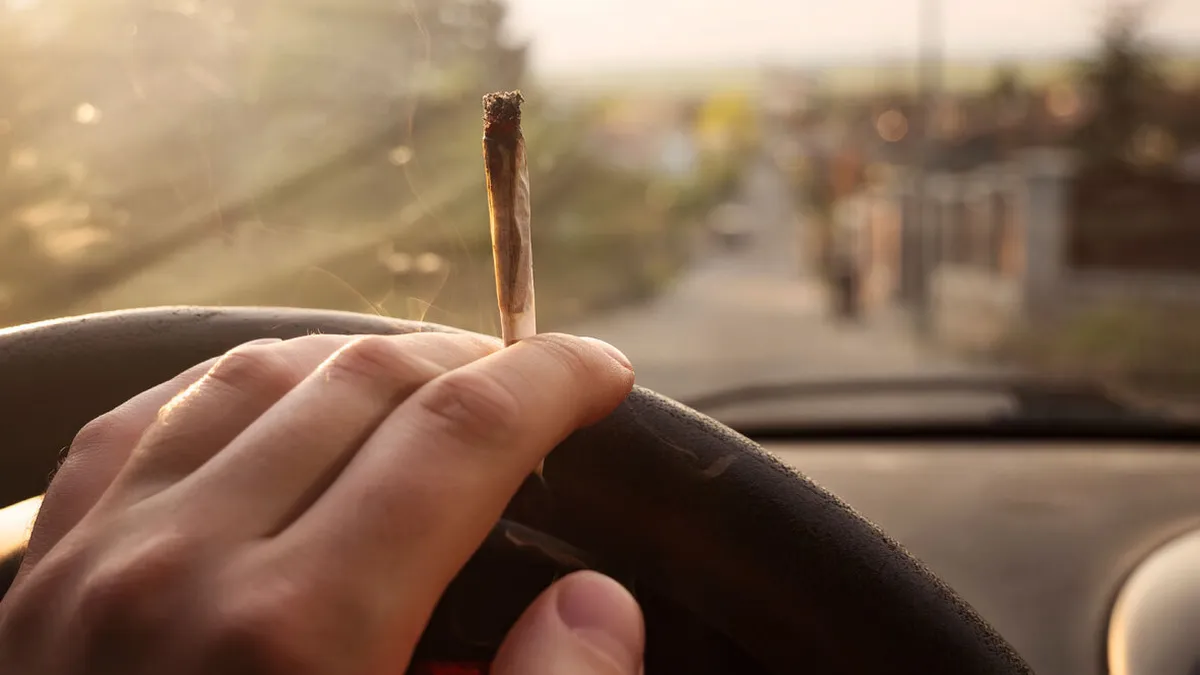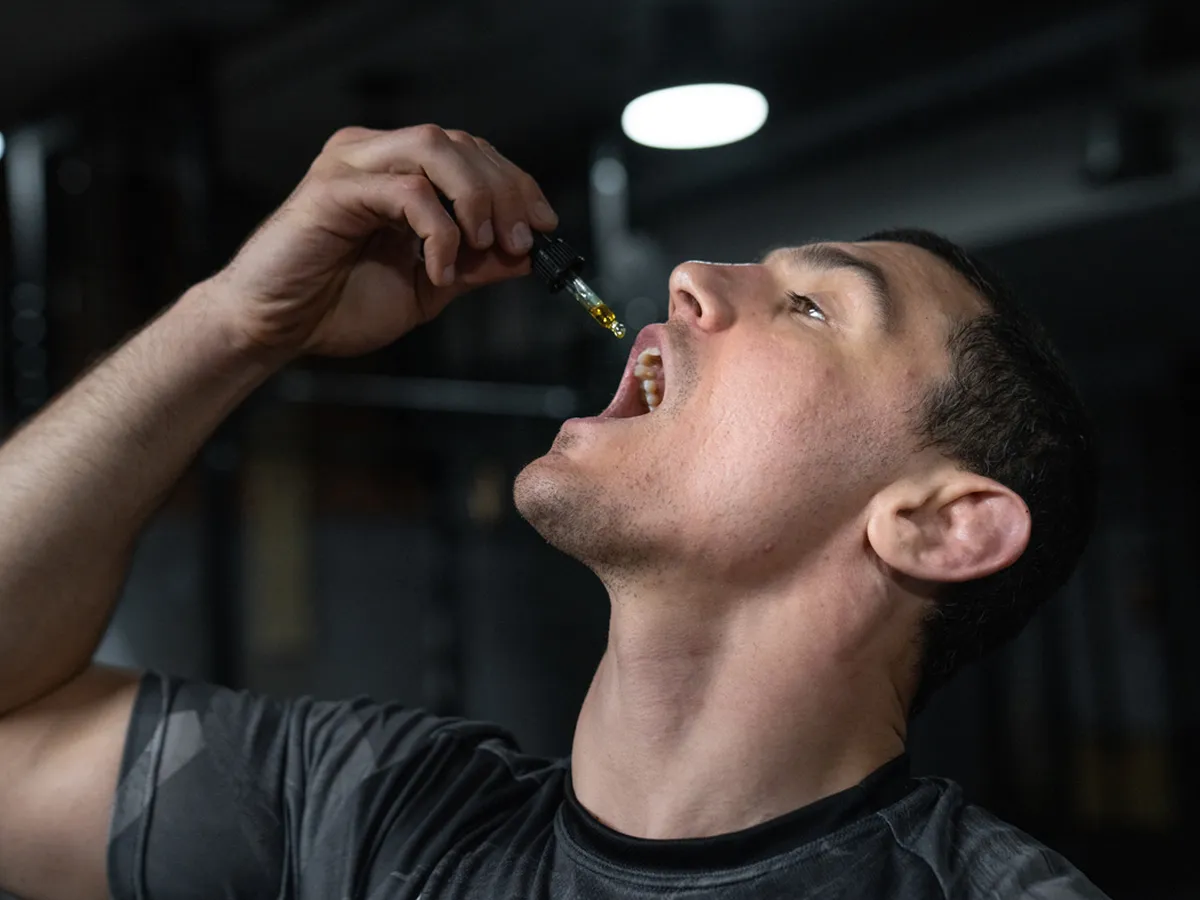Drug and Drink Driving in the UK – A Problem on the Rise
The run-up to Christmas and New Year often sees police increase roadside checks for drivers under the influence. But this is not just a seasonal issue.

The scale of the problem continues to grow
- Ministry of Justice statistics show convictions for drink and drug driving rose from 41,457 in 2014 to 58,117 in 2022 – an increase of around 40%.
- In 2024, drug-driving convictions rose 13.5% to nearly 27,000, while drink-driving convictions fell by 5.8% to around 40,500 cases.
- Department for Transport figures reveal drug-related collisions increased by 9% between 2022 and 2023, with the North West experiencing the steepest rise (+46%).
- By contrast, estimated drink-driving fatalities fell by 14% in 2023 compared to the previous year.
- Around 1 in 20 fatal crashes in the UK still involve drug driving. Driving under the influence of cannabis doubles the risk of a fatal or serious collision, while cocaine increases the risk tenfold.
Behind these numbers are countless tragedies. One heart breaking example is the story of 10-year-old Lily Lockwood, killed by a drug driver while walking to the shop. Shockingly, after her death, the driver was released on bail and later caught drink-driving twice before his trial.
What Are the Consequences of Drug and Drink Driving?
The impact of drug and drink driving can be devastating:
- On victims and families: Lives are destroyed in crashes caused by impaired drivers, often involving children and young people.
- On offenders: Penalties include up to six months’ imprisonment, an unlimited fine, and a substantial driving ban. Causing death while impaired carries a sentence of up to 14 years in prison.
What Is Being Done to Tackle Drug and Drink Driving?
Drug and drink driving is one of the police’s “Fatal Five” priorities, alongside speeding, mobile phone use, not wearing seat belts, and driver distraction.
Efforts to address the issue include:
- Roadside testing: Police can stop and test drivers suspected of being under the influence of drugs or alcohol.
- Education campaigns: Drivers are warned that even if they do not feel impaired, drugs can still be detected in their system and affect reaction times.
- Community reporting: The public is encouraged to report suspected drug drivers. Reports to Crimestoppers about drink and drug driving increased by 25% in 2023.
- Public health approach: Health authorities stress that tackling the root causes of alcohol and drug misuse requires partnerships between police, health, and community services.
Where Can Drivers Get Help With Substance Use?
If you are struggling with drugs or alcohol, support is available. Specialist treatment services can help you reduce or stop your use and get back in control.
Visit Talk to Frank for confidential advice and information.
Final Word on Drug and Drink Driving in the UK
Drug and drink driving continues to rise across the UK, with drug-driving now a particular concern. Police enforcement, community action, and better access to treatment services all play a vital role in tackling this issue.
- Source: Ministry of Justice, Convictions Data (2014–2022)
- Source: Honest John (2025) – Drug-driving convictions rise in 2024
- Source: Driving.org (2023) – 9% increase in drug-driving collisions
- Source: Gov.uk (2024) – Reported Road Casualties Involving Illegal Alcohol Levels
Service related articles...
Our Headquarters
Crystal Health Group
The Old Chapel
Manchester
M30 0NG




